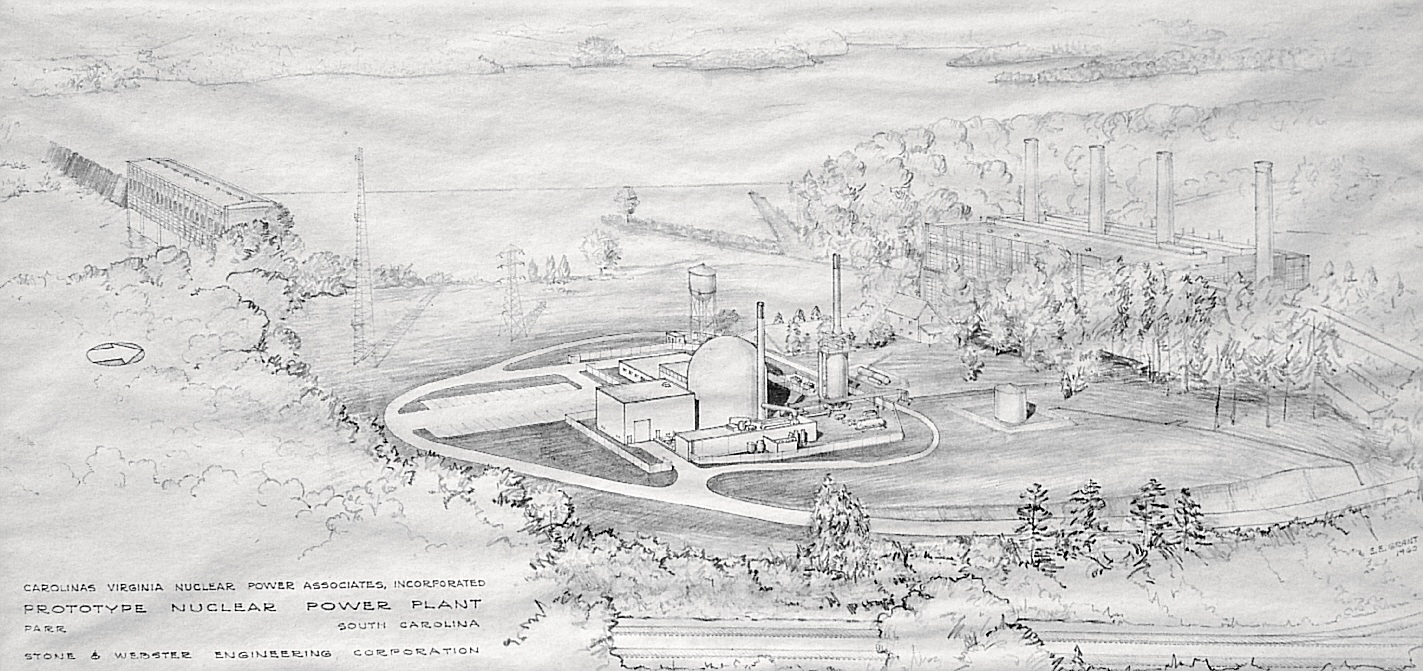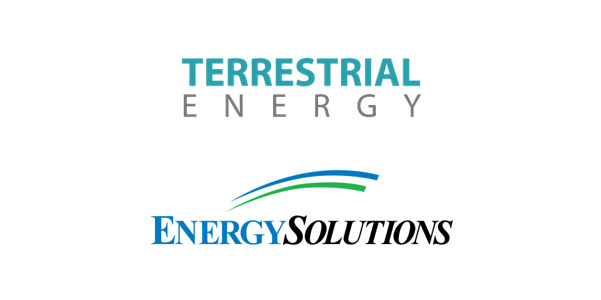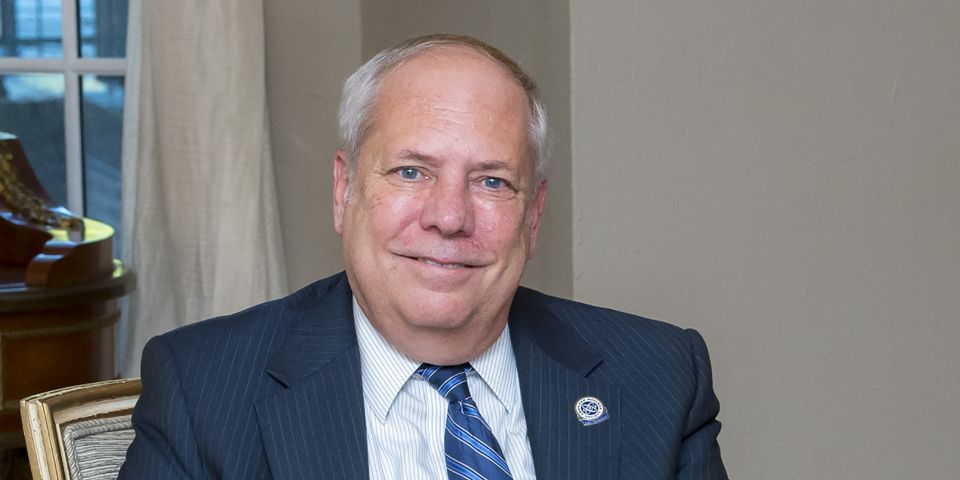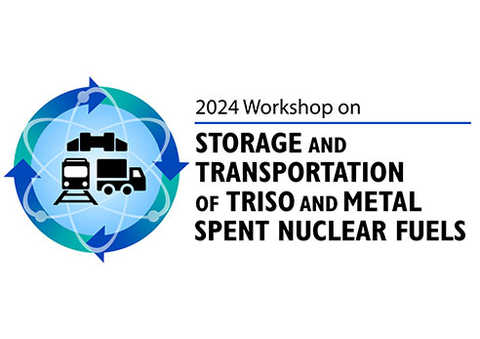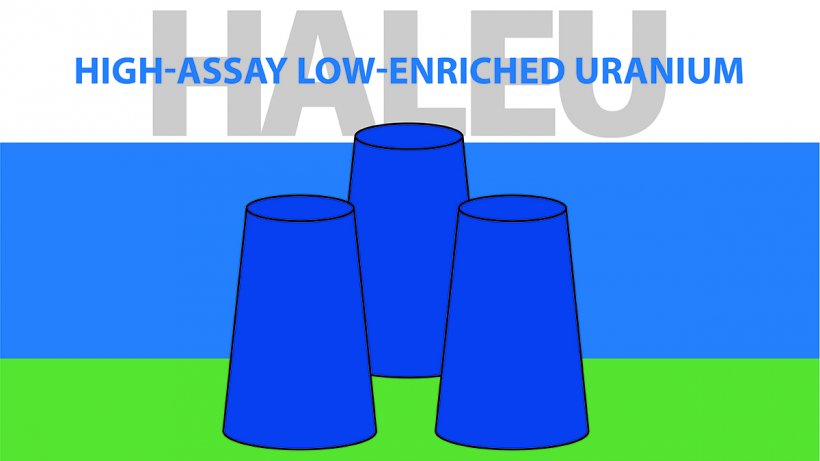Replacing Fossil with Nuclear – Five Fast Thoughts!
This week I had some considerable interaction on social media in the area of replacing fossil power at existing sites with micro reactors or SMR’s (Small Modular Reactors.) As we see real progress happening now in these exciting reactor fields (NuScale and Oklo come to mind first, but there are others!) I’d like to share five things to think about as we begin to seriously consider replacing fossil power (coal, oil) at particular sites with nuclear.
1. Where is it? There are many metropolitan areas in the United States that still have fossil plants right near or even in downtown areas, and it’s pretty unlikely that we’ll see SMR’s installed inside major city limits. But there are also many plants just outside downtown areas – plants that already have the infrastructure such as steam plants to generate the electricity and interconnections to the grid via high tension lines which cannot these days be easily installed without displacing property holders one way or another. So it’s going to become very important to map out the best sites to install “small nuclear” (let’s just say SMR’s or micro-reactors fit this grouping) and ensure that these are preserved. We might think of this as deliberately keeping these sorts of sites open and closing others in reverse of what might immediately seem economical in order to preserve the better assets for nuclear power transition in the future. Once they’re condos, they’re not coming back!
2. What matches? As we know, most steam plants today that use fossil power have steam conditions that pressurized water reactors just cannot deliver. That means that we’ll need to take a look at the conversion itself pretty closely – what type of available nuclear steam supply system matches the characteristics needed for this or for that plant? Luckily we have options coming such as gas-cooled and metal cooled reactors, as well as probably molten salt, that can produce the high temperature and high-pressure steam needed to provide steam to an existing power plant.
In this large drawing from my collection, we see the Carolinas-Virginia Tube Reactor (center) which was added on to an existing fossil plant (right) near where V. C. Summer would later be built. In this case a fossil-fired steam superheater was added to get steam conditions to match that required to drive the existing plant’s turbines. This expedient could again be used – natural gas burns fairly cleanly and would allow the earlier deployment of near-ready light water reactors to repower fossil plants in the very near term, although it complicates control. Also notice the siting and infrastructure (near water, existing power lines, pump house, etc) which can be considered as established resources that should be preserved.
3. What’s the duty cycle? While we’re looking into the future it’s important to look at not just the location and the physical matchup of characteristics but also the job. In many places renewables are being put on the grid and are skewing the traditional daily load curves of many or all of the conventional, dispatchable plants that are interrelated. When planning for swapping out fossil for nuclear we’ll also need to look at the planned daily load cycle and ensure that the reactor system selected is capable of performing the actually required load cycle. Luckily, most if not all of the folks working on small and micro reactors are pretty “green” environmentally and are already thinking about load following which also means an ability to ramp to step aside for renewables. Eventually there’ll also be large numbers of electric vehicles to charge overnight – an effect that will be keenly felt on metropolitan grids if that really takes off and which will demand dispatchable power when it’s dark.
4. What’s the opinion? None of this matters if the folks in the vicinity won’t have anything to do with nuclear power. That’s why it’s important to start – NOW – talking about the advances being made, the plans being considered, and the benefits to be realized by ditching fossil power and switching to nuclear. Yes, there are some hardened folks that just won’t have it but, if we think about it, this very transition is the right opportunity to talk about all the advantages nuclear energy holds over fossil power production. This discussion could not be more timely.
5. Watch out for moving goalposts! I’m reminded every time these discussions come up of the Piqua nuclear project here in Ohio. Briefly, this project was set up (many years ago) to incorporate an organic cooled reactor built below ground, which would provide steam to an existing municipal power plant. Because of the low-pressure nature of the plant it was marketed to require no containment and in fact the Atomic Energy Commission itself was on board with that thinking. However, during advanced planning for the project the AEC reversed itself and forced the construction of a large, expensive, conventional containment for the plant. (That containment still stands today; the city uses it for storage.)
The bottom line: While we continue to see discussion about reducing the EPZ (Emergency Planning Zone) for various advanced designs and the evolution of plant design not to incorporate what we’d normally think of as reactor buildings and containments in the conventional sense, there’s established precedent for this to be wiped away in a moment of worry – a moment that will drastically drive up the cost of construction for these necessary small nuclear plants. Each of the modern small concepts will survive, once proven operable, on the market primarily based upon economics, and economics cannot be planned if there’s the worry that a sudden major cost increase will occur well into a project. For that reason, the NRC needs to stop moving the goal posts; once a design is approved, it’s approved and that’s that. Vendors, customers and the public need reliable predictions on cost and schedule and adding things in the middle of the project sure to wreck both cost and time predictions is just not workable.
So, there are some things to think about; things to talk about with friends and family if and when this comes up. I see this whole “conversion of existing sites” as something not only predictable and necessary but actually really beneficial to discussions with folks outside our sphere. It’ll be a great place to start in many ways!


